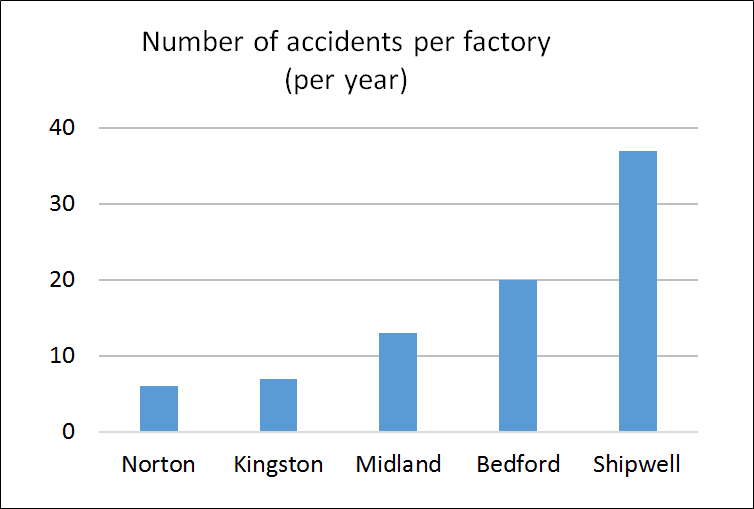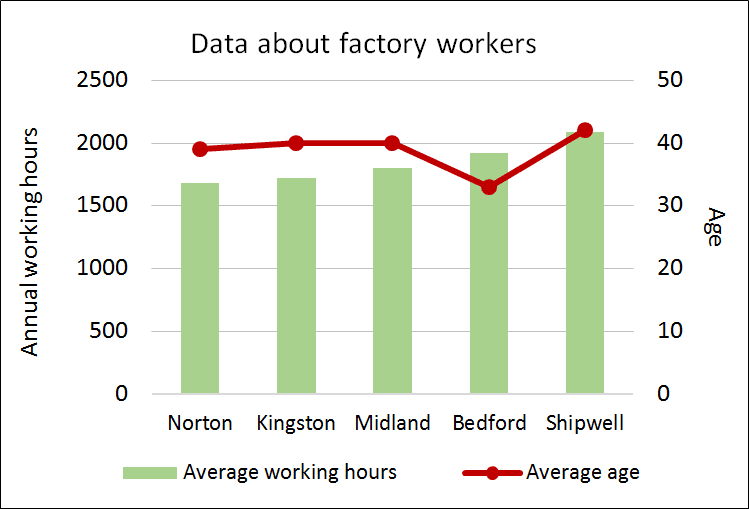GCAS Overview & Resources
The English Farm has plenty of GCAS resources. These two are the main ones.
See the bottom of the page for additional resources.
Overview
- GCAS stands for Global Communication Assessment for business
- 15-minutes
- One-on-one interview with a native speaker
- Out of 300 points, then matched with the CEFR language proficiency system.
- Administered by the EIKEN foundation.
All questions are business-related. They are general and simple enough for anyone to answer. Topics include marketing, sales, advertising, IT/systems, distribution, human resources, logistics, and accounting.
Sections
There are three sections to the exam.
- Part 1 Interview (total 4 minutes)
- Small talk (~30 sec.)
- Discussion (3 min.)
- Part 2 Presentation (total 4 minutes)
- Preparation (90 sec.)
- Understand a graph and prepare to talk about it.
- Presentation (2 min.)
- Explain the situation in detail.
- Offer a solution to a problem.
- Preparation (90 sec.)
- Part 3 Role play (total 5 minutes)
- Comprehension and Preparation (90 sec.)
- Think about a business issue.
- Read a list of possible solutions. Use the solutions on the list or your own ideas.
- Do role play (3 minutes)
- Discuss the situation and solutions with the examiner.
- Your examiner will role-play a situation with you.
- Comprehension and Preparation (90 sec.)
Abilities tested
To score highly, test takers must be able to do the following.
- Introduce themselves
- Express opinions
- Describe graphs
- Make suggestions
- Engage in discussions
- Communicate (gestures, eye contact, etc.)
- Agree, disagree, and defend their answers
They will be scored on their English language skills.
- Range,
- accuracy,
- fluency,
- interaction and
- coherence).
They will also be scored on their business skills
- Presentation,
- analysis, and
- facilitation).
Sample Questions
Below are GCAS questions that have been used in a test.
Part 1—Interview
Questions
- First, please introduce yourself and tell me about the job you are doing now.
- Do you think that there is good communication between employees in your company?
- Do you think that it is important for the government to support small businesses?
Part 2—Presentation
Instructions
Using the information in the graphs below, prepare to give a presentation to your manager (the examiner). You should do the following in your presentation:
- Summarize the information below and describe the relationships between the graphs.
- Suggest ways that factories with a high number of accidents can improve the situation.
Graph 1

Graph 2

Part 3—Role Play
Instructions
Think of ways to provide cultural and professional training for employees and prepare to explain your ideas to your boss (the examiner). You should give at least two ideas. You should also be prepared to defend your ideas. You can use your own ideas or you can use the information in the table below to help you.
| Theme | Idea | Details |
|---|---|---|
|
Language learning |
In-company classes |
Hire teachers to give language lessons at the company. |
|
Professional development |
Tuition subsidies |
Pay for courses that employees take to learn new work-related skills (project management, computer skills, etc.). |
|
Cultural awareness |
Study abroad / homestay |
Offer extra vacation days for employees to participate in study-abroad and homestay programs. |
Test Resources
- Video examples:
Teaching Resources
- Lessons 1-10 are a must. Learn how to do your best using the English you have.
- Lessons 11-25 are useful but may be too high-level and nuanced for some learners.
IELTS (Cambridge Official Guide)
- Pages 91-108 for describing graphs. It is a fantastic guide.
- You can also find relevant information on pp. 171, 188, 224, 244, 264, and 317
TEF Discussion Posts with graphs
After doing the IELTS pages and understanding how to describe a graph, practice with discussion posts.
Make sure the student describes the graph, pitches a solution, and discusses the issue.